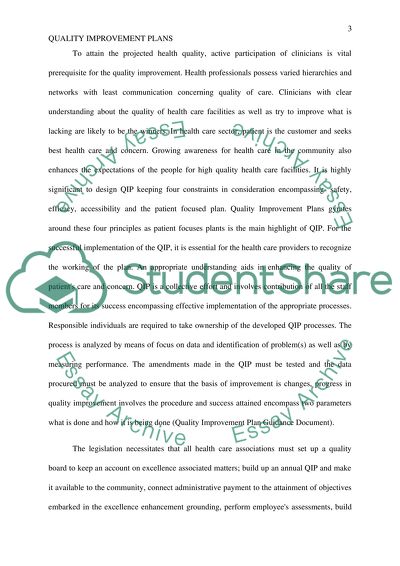Cite this document
(“Quality Improvement Plan Essay Example | Topics and Well Written Essays - 1750 words”, n.d.)
Quality Improvement Plan Essay Example | Topics and Well Written Essays - 1750 words. Retrieved from https://studentshare.org/nursing/1453269-quality-improvement-plan-template
Quality Improvement Plan Essay Example | Topics and Well Written Essays - 1750 words. Retrieved from https://studentshare.org/nursing/1453269-quality-improvement-plan-template
(Quality Improvement Plan Essay Example | Topics and Well Written Essays - 1750 Words)
Quality Improvement Plan Essay Example | Topics and Well Written Essays - 1750 Words. https://studentshare.org/nursing/1453269-quality-improvement-plan-template.
Quality Improvement Plan Essay Example | Topics and Well Written Essays - 1750 Words. https://studentshare.org/nursing/1453269-quality-improvement-plan-template.
“Quality Improvement Plan Essay Example | Topics and Well Written Essays - 1750 Words”, n.d. https://studentshare.org/nursing/1453269-quality-improvement-plan-template.


